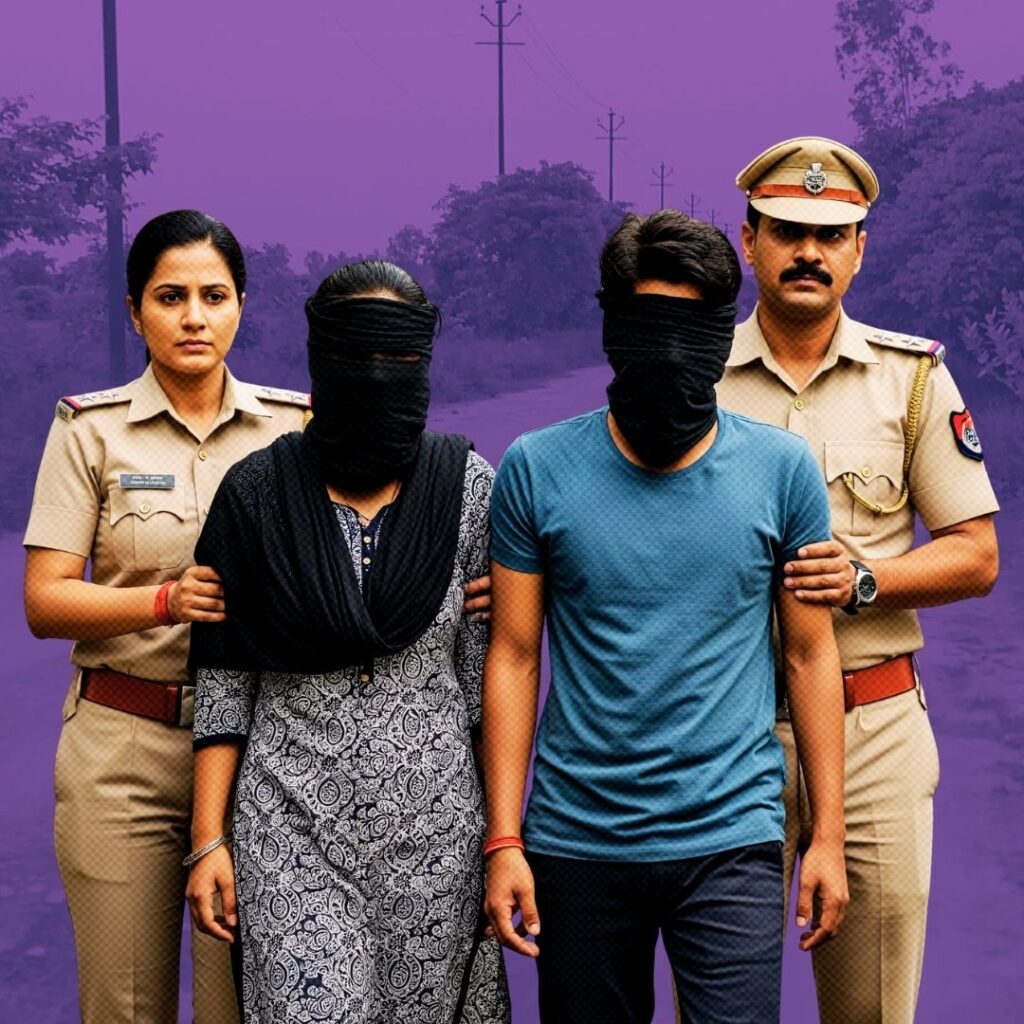Few people are extremely passionate about their goals in life and they are determined to achieve it without giving a second thought. Dr Bheshaj Ramteke is one of them who was determined to beat all the odds and set an example for others.
Dr Bheshaj Ramteke, who holds an MBBS degree, passed out in 2002 from Raipur. He then willfully joined Antagarh Community Health Center under the Kanker district in Chhattisgarh, where no one wants to visit because of due to constant fear of lawlessness, forget about joining a hospital.
Dr. Ramteke spoke to The Logical Indian and revealed that his motivation to join Antagarh Community health centre is his father’s words in form of Sanskrit Shloka.
विद्या ददाति विनयं विनयाद्याति पात्रताम् । पात्रत्वाद्धनमाप्नोति धनाद्धर्मं ततः सुखम् ॥ ५ ॥
The phrase above means “knowledge gives discipline, from discipline comes worthiness, from worthiness one gets wealth, from wealth (one does) good deeds, from that (comes) joy.” Those words from his father had touched him deeply.
To achieve the joy in work and aspiration to serve the people of the tribal areas where nobody wants to serve, inspired him to join the Government’s Antagarh Community Health Centre.
Antagarh is a block where 90-95 % population are tribal, having 158 villages surrounding it. The block is one of the most backward areas of the country surrounded by thick and dense forest. The area is extremely sensitive to the Naxal activities where government forces are fighting to get a grip on Naxals. Some of the villages in the block are not connected by roads and even communication networks are poor. There is only one government hospital for 88,000 people without any private clinic.
Beating the odds in Government hospital:
While talking with The Logical Indian, Dr Ramteke revealed that he is working in Antagarh Community Health Centre from past 15 years. In the initial days, no one was willing to get admitted in the hospital due to the destitute state of the infrastructure and trust deficit between the tribals and government officials. His constant works to bridge the communication gap, determination to bring people in the hospital and 24-hour health services had brought fruitful results. Now people from Antagarh and remote villages are visiting the Government hospital for general treatments and admitting in cases of serious illness. He further said that he is not charging any money if in case people knock on his door in the middle of the night and also, all the services are free of cost.
He was like one man army where he has to work alone. Few doctors joined him later, but they left him due to lack of facilities and sensitivities of the area. Currently, he is working with one contact doctor.
During Low:
He has seen bomb blast; people wounded and sudden bandh in the Antagarh town but these situations never created an impact on him.
Friends and people talked about the danger posed in this area and asked him not to work here. But his determination to serve the underprivileged people keeps his morale high during his low.
Serving in tribal villages:
Dense forest covers areas surrounding the Antagarh block. There is also minimal communication network, no transport and fewer connectivity options with tribal villages. In some of the jungle villages, four-wheelers can’t ply and walk is the only option to reach out to the children and women for their treatment. The situation becomes severe in the rainy season when he has to cross the river using ropes or by dangerous woody bridges while protecting his medical kit. Sometimes he has to reach the villages by a bicycle when there is no road or in case four-wheelers give up. He is least concerned about these barriers because his priority is to provide medical treatment on time to the needy.
Dr Ramteke admitted that walking around 10-20 km in the case of a medical emergency to reach tribal villages is normal in the rainy season. Sometimes he spends an hour to travel just one km inside the forest.
During the rains, as many as 50 villages cut off from the Health Centre. So he has to keep the medicines stored in the remote villages before they lose connectivity with the Government hospital. There are multiple instances when epidemic emergencies are declared in the rural areas, and these diseases require a lot of time to get treated, so in that case, he has to spend several nights in the villages and treat the patients.
Relation with Tribal His relationship with the locals is full of warmth which helps him to achieve his therapeutic targets and treat them during outbreaks. He still remembers those days when he wasn’t having any food to eat during medical emergencies in the remote villages. But the kind of trust he built over the years with the local villagers, helped him to get some food. Tribals are now helping him in crossing rivers, assisting him in storing medicines in rain in the cut off villages from the main hospital in Antagarh, protectin…











